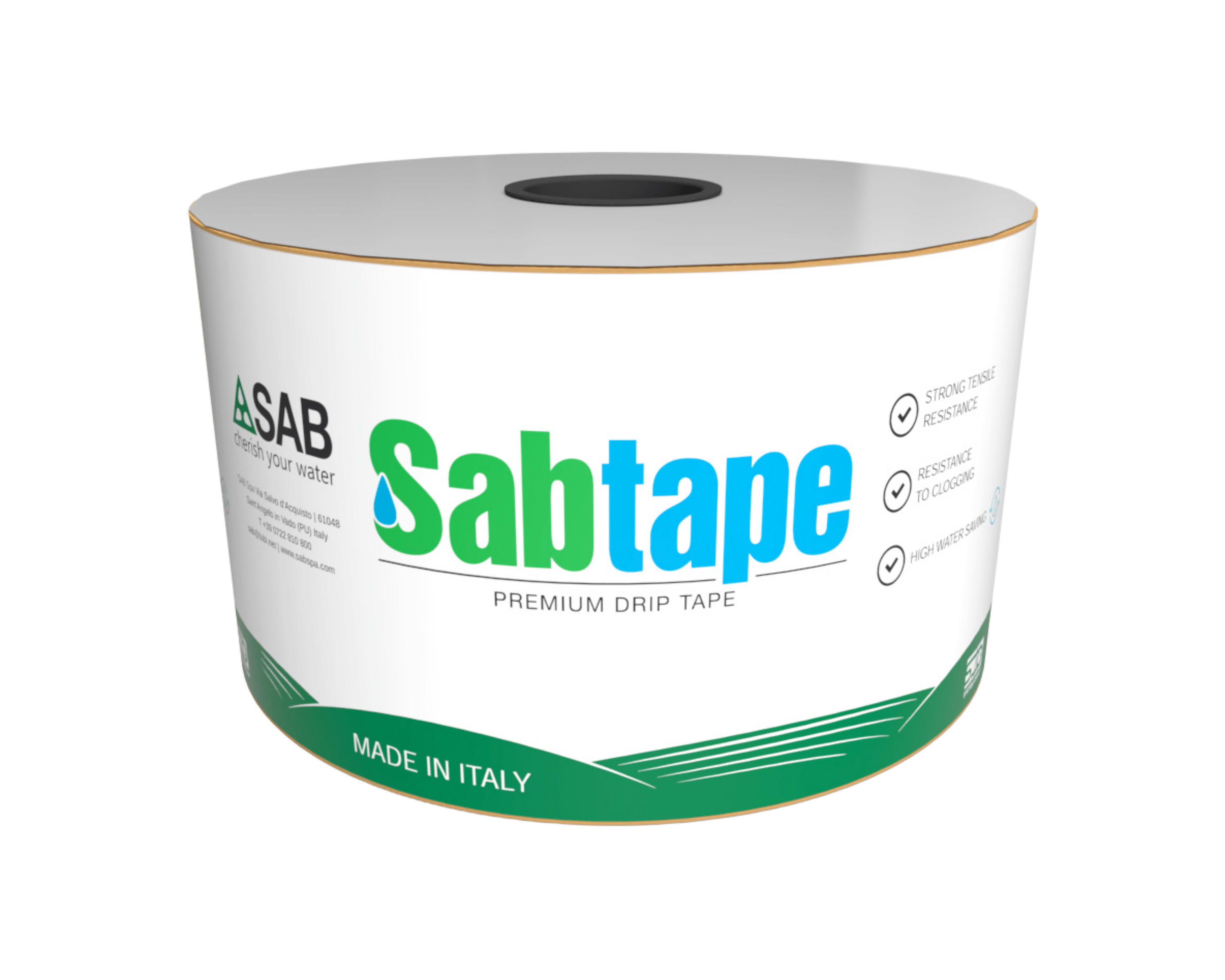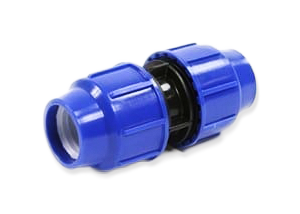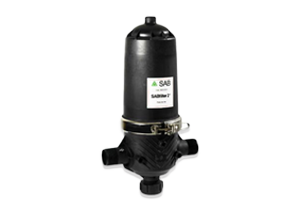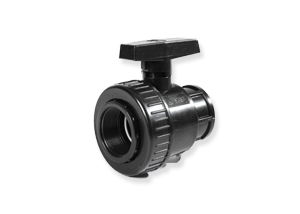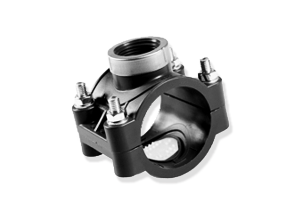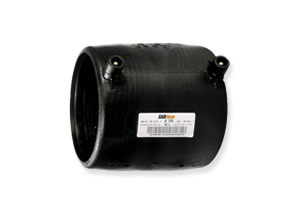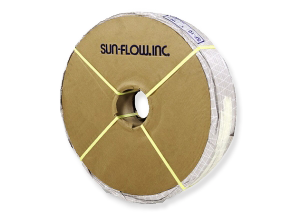Watermelon production
Watermelon production counts around 109 million tons annually. World production is mainly concentrated in China, Iran and Turkey, while Italy is ranked as the 25th world producer, being among top five European countries for watermelon production. About 51.800 tons of watermelon are grown in Italy, only 17% of which are cultivated in greenhouses. They are mainly produced in the southern area of Italy, in particular in Lazio, Campania and Apulia regions.
Watermelon characteristics
Watermelon belongs to the Cucurbitaceae family; the plant has an annual cycle.
Stem: the stem is creeping and hairy;
Roots: the roots are very developed both above and below the ground, growing deep up to almost 2m;
Leaves: leaves are palmate with lobed green margins; they are about 10 cm long;
Flowers: the flowers are yellow and can be either male or female;
Fruit: the fruit is spherical or elongated, uniformly green in colour or with lighter stripes;
The fruit may reach up to 20 kgs in weight. Its flesh is red with seeds inside.
Seeds: the seeds are flat and black.
Climate: needs warm climates, its seed germinates when the temperature is above 24°C and has good development at temperatures of around 30°C. Indeed, it is cultivated in open field during summer months;
Soil: needs rich, non-arid soil with plenty of nutrients. Watermelon fears waterlogging as this would lead to root rot. It’s recommended to choose medium-textured/clay soil.
Soil preparation: the soil should be “softened”, all clumps should be broken, in order to ensure that it drains water well. Therefore, deep ploughing is recommended in order to loosen all soil layers. After that, it is necessary to refine remaining clumps by harrowing the terrain.

Watermelon varieties
Watermelon is generally produced to be sold fresh, although it can sometimes be destined to the beverage industry. In recent years, a series of watermelon hybrids have been created to meet the consumer needs. The consumer should choose from small or medium to large watermelons, from early or late cultivars or even opt for seedless varieties.
The most commonly used varieties are:
- Sugar Baby: produces spherical, uniform green fruits. This variety is tendentially small, reaching around 5-6 kgs of weight. This variety is early and very vigorous;
- Charleston Gray: in this case the fruit is elongated with thick, striated stripes. The weight is between 9 and 15 kgs. It has a late cycle and medium vigour, being resistant to overripening.
- Crimson Sweet: These fruits can be both spherical and oval with light green striated bark. This variety has quite large fruits with a weight of 10-12 kg;
- Jubilee: The fruits are very large and elongated. The size is around 15-20 kg. The flesh is compact with a deep red colour and it has a late stage cycle;
- Seedless watermelon: its size varies from 2 to 6 kg, its peel is smooth and with large light streaks. The flesh is crunchy, bright red and It has no seeds. This variety comes from the latest market demands.
Download our guide on watermelon drip irrigation
Watermelon irrigation
This crop requires constant water, in fact, irrigation is very frequent and as the fruit develops, the water needed increases. Drip irrigation not only fully meets the water needs, but also reduces watermelon diseases and improves soil conditions. It boosts the water content and makes the root system well developed. There is also a final increase of more than 20 % compared to un-irrigated crops.
Why is water essential for watermelon?
A fully ripe watermelon is 90 per cent water. Therefore, proper irrigation has a major impact on yields and on the final quality of the fruit. Thus, water shortages cause the production of fruit with low quality and little tradeability.
How to increase the yield with drip irrigation
As we have already mentioned, drip irrigation has many positive aspects, and they are highlighted by the use of cropping techniques such as mulching. In this sense, we can mention some academic studies that tested various types of mulching with both drip irrigation and sprinkler irrigation on the watermelon crop during a period of two years (1995-1996). The four types analysed were: black polyethylene, transparent polyethylene film, biodegradable cellulose mulch and the last is a test area without mulch. The study showed a higher final yield in the combination of drip irrigation with black polyethylene mulch.
Impact of drip irrigation on fruit growth
According to another academic study, drip irrigation would not only increase yields, but also the quality of each fruit. In 2015, it was conducted by analysing the months of growth and development of the plant and fruit, i.e. from April to August. The field was divided into two parts: one with a drip system while the other was left unirrigated. At the end of the study, it was found that the commercial yield of the drip-irrigated watermelon was considerably higher than that of the non-irrigated watermelon. Quality watermelons were obtained with higher levels of soluble solids, which are crucial since they represent the sugar content of the fruit.

Download our guide on watermelon drip irrigation
The Drip Irrigation products
- RioFlex – Polyethylene layflat hosePamela Pascucci2023-03-07T08:55:40+01:00
RioFlex – Polyethylene layflat hose
- Blueseal16 – made in Italy best compression fittingsmcgroup2023-05-09T16:44:53+02:00
Blueseal16 – made in Italy best compression fittings








